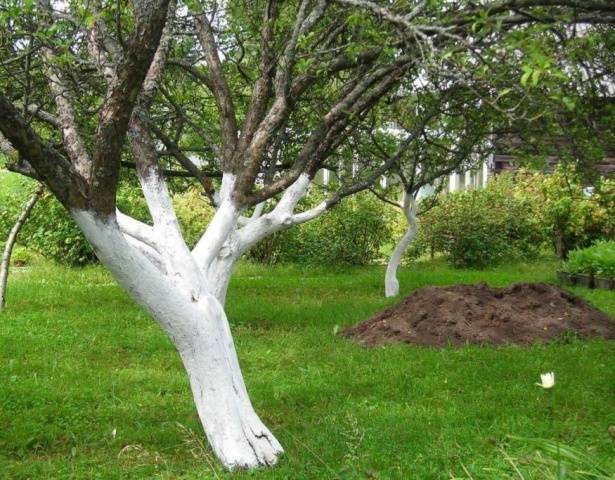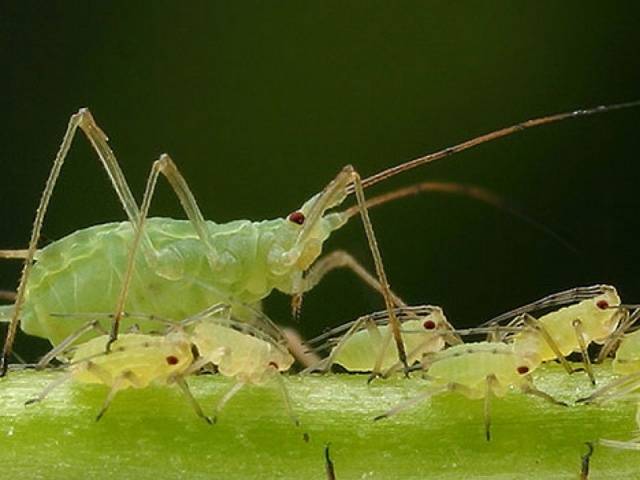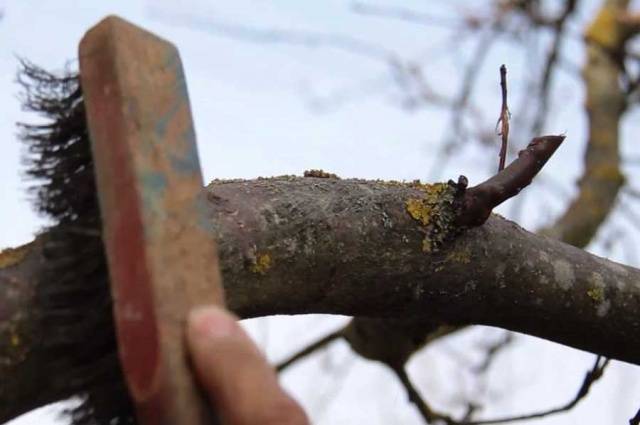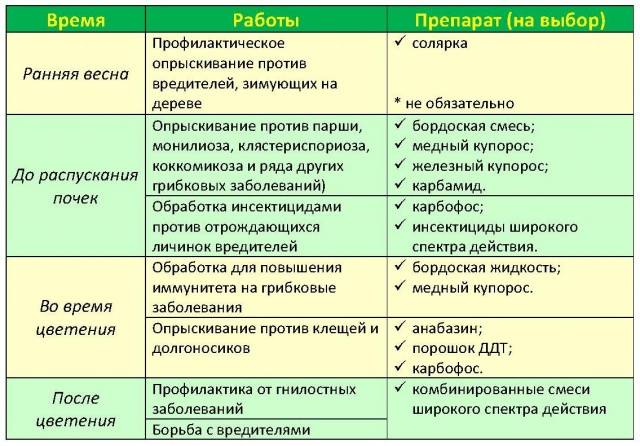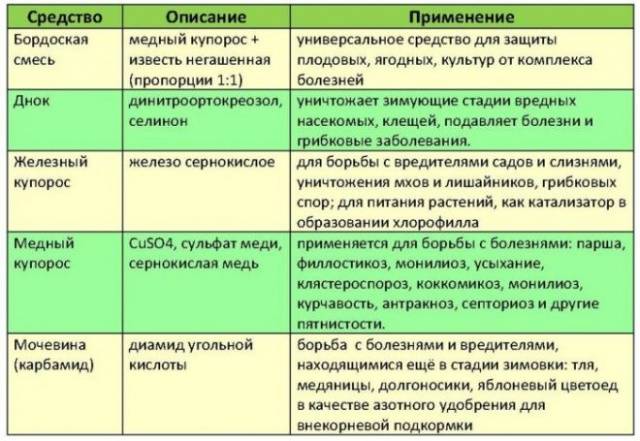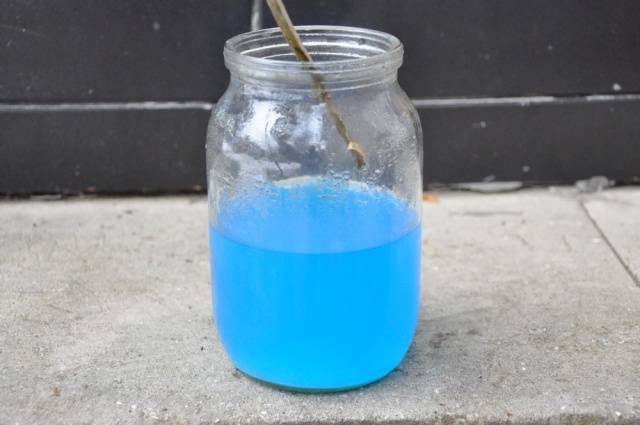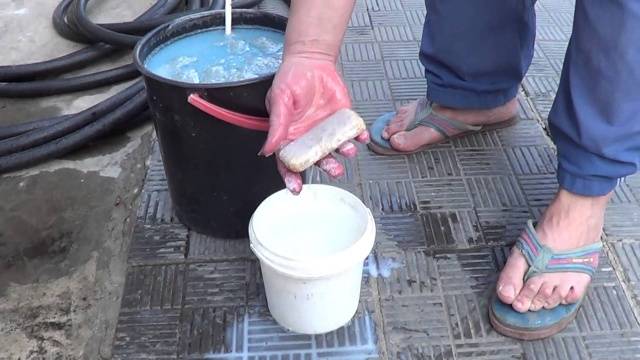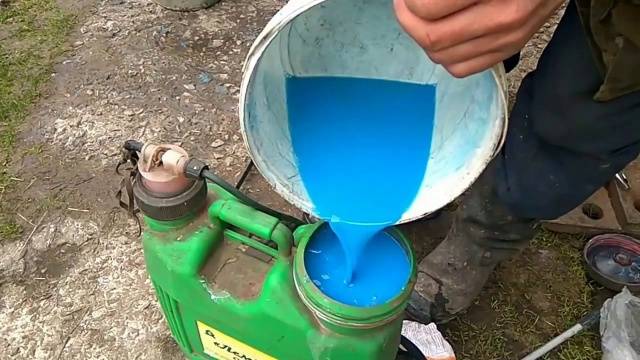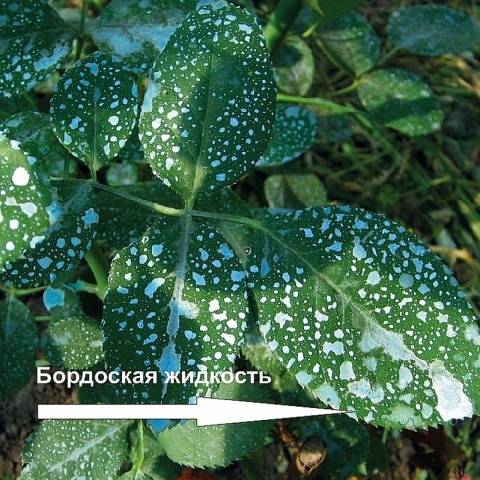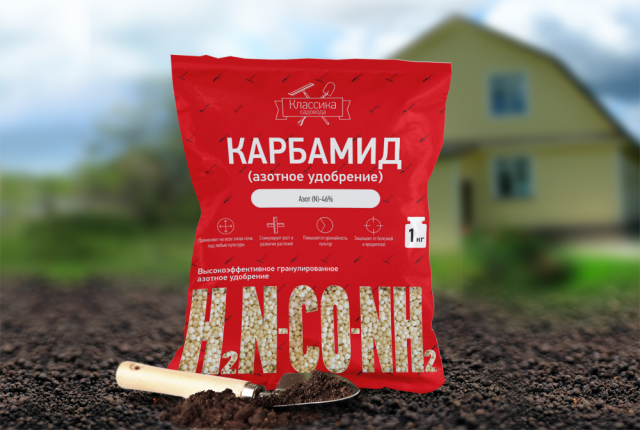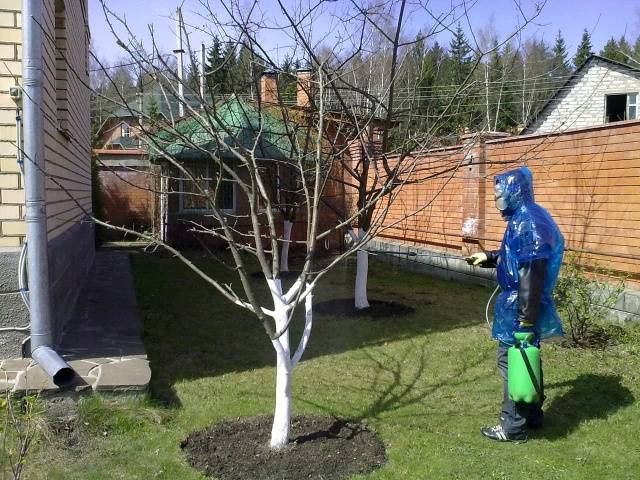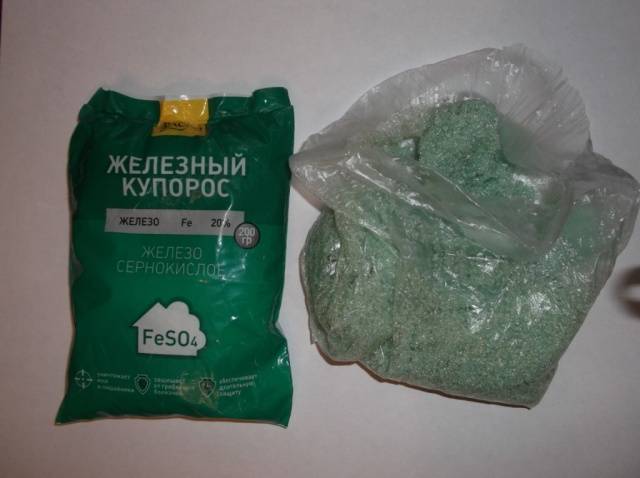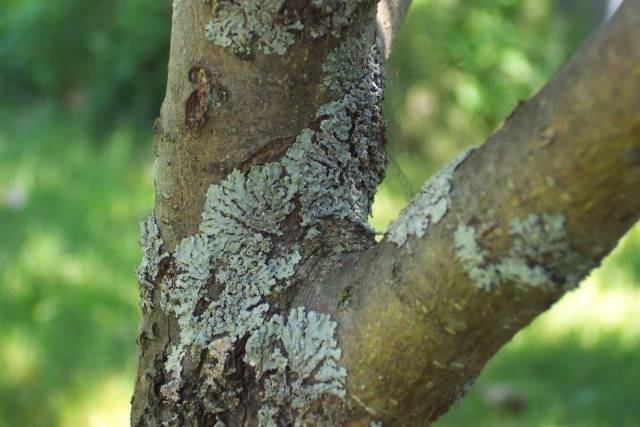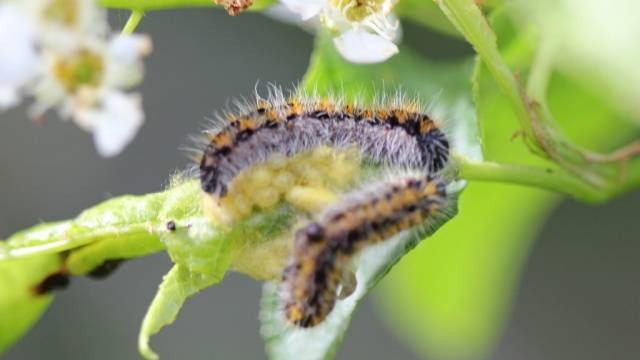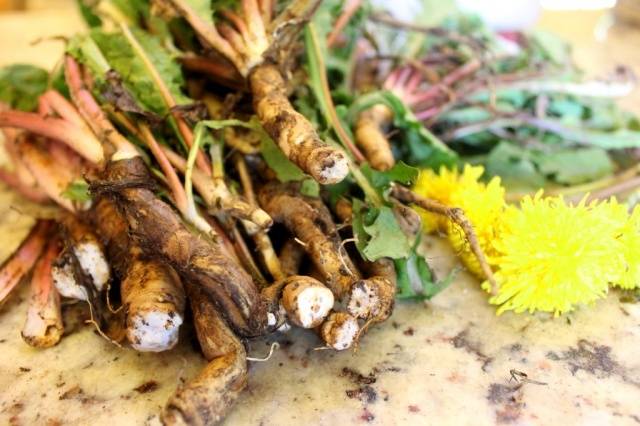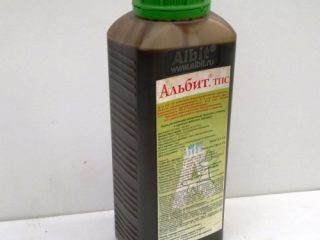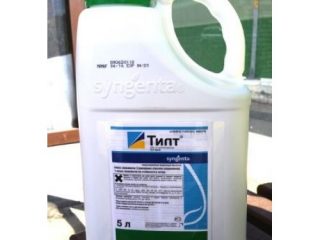Content
The fight against insects and diseases is familiar to every summer resident and gardener. Unfortunately, without regular garden treatments it is impossible to get a good harvest and grow healthy trees and shrubs. Spraying of fruit trees begins in the earliest spring, until the buds woke up and the juice moved. One treatment is not enough, so gardeners have to repeat spraying throughout the season. In order not to miss the moment and not to harm the trees, it is recommended to draw up a schedule. And also, it is very important to choose the right preparations, corresponding to the season and the stage of plant vegetation.
When and how to spray fruit trees in spring from pests and diseases will be described in this article. Here we will consider the most popular preparations among gardeners, and an approximate schedule of spraying the garden is given.
Why spring garden spraying is important
Experienced gardeners say that the first spraying of fruit trees on time is the key to the future harvest and the health of the garden as a whole. The fact is that most pests, fungal spores and other infections hibernate on the tree itself: they hide in the cracks of the bark, in the buds, are located on the shoots of the plant, in dry leaves near the trunk circle.
As soon as it gets warmer outside, the larvae and spores will wake up and begin their life cycle. The gardener's task is to stop the development of pests in time and destroy them at an early stage, until the reproduction process begins.
Preparing the garden for processing
The first thing that trees and shrubs need is spring care. After a long winter, the garden needs to be cleaned up:
- scoop out last year's foliage and burn it, because not only old infections, but also insect larvae winter there;
- walk on the bark of old trees with a wire brush to remove lichens and mosses, pest nests;
- identify hollows and large cracks, disinfect them and "seal";
- prune dry, frostbitten and damaged shoots;
- treat areas of the bark damaged by rodents;
- uproot old stumps, as a mass of fungal infections multiplies in them;
- whitewash the trunks of fruit trees and tree branches;
- dig up or loosen the soil in the trunk circle.
Garden treatment calendar
There is no definite answer to the question of when to spray fruit trees in spring, summer and autumn. The schedule for preventive maintenance in the garden is developed taking into account the weather conditions in a particular region, therefore, there is no real spraying calendar with dates and exact dates.
But every gardener can make approximate work plan, consisting of such important stages:
- The first processing of fruit trees must be carried out before bud break, as soon as a stable above-zero temperature is established on the street.
- At the stage of pecking the buds, spraying must be repeated (this stage is called the "green cone").
- The third time the trees are sprayed as soon as they begin to bloom - "on a pink bud."
- After flowering, the garden is treated again using insect and rot repellents.
With the end of spring, preventive spraying of trees does not end: both in summer and in autumn, treatments are carried out several more times. In addition to the schedule, additional spraying may be needed if insects or infections suddenly attack the garden.
Choice of means
In early spring, it is customary to spray fruit trees with chemicals. No matter how much the owner would like to secure his harvest, until the temperature settles at around +10 degrees, modern biological means will not work.
As a "chemistry", domestic gardeners usually choose inexpensive organic products such as copper and iron vitriol, Bordeaux liquid, urea. Later they are joined by aggressive insecticides and safe biological products.
Copper sulfate
Often in the literature you can find the expression "blue spraying", it means treating the garden with copper sulfate and compounds based on it. Dissolve copper sulfate granules or powder in water. It is advisable to heat the water so that the substance dissolves better and faster.
The concentration of copper sulfate in the solution for spraying fruit trees depends on the processing time. In early spring, when the buds have not yet blossomed, and sap flow has not begun, it is allowed to use a stronger concentrate for spraying - 3-4%.
The hot preparation must be cooled to room temperature and, before pouring it into the spray bottle, strain through a fine sieve or several layers of gauze.
Bordeaux liquid
A derivative substance, for the preparation of which the same copper sulfate is used, is Bordeaux liquid. This composition is very popular not only among gardeners, it is also in demand among summer residents and gardeners.
To prepare Bordeaux liquid, you need to take copper sulfate and slaked lime in equal proportions. As a rule, packages with these formulations already contain strictly weighed doses of active ingredients, so it will not be difficult to prepare Bordeaux spray liquid.
The action of the Bordeaux liquid is softer and more effective than that of simple copper sulfate. Therefore, this composition can be used for the second spraying of trees. - "along the green cone", that is, at the stage of budding.
Concentrated urea
Most often, urea (or urea) is used by gardeners and gardeners to feed their plants. Not everyone knows that a highly concentrated urea solution is able to cope with most infections and larvae. But the effect of such a drug can hardly be called harmless, so it is better to use it infrequently - at least once every three years.
Fruit trees and shrubs are cultivated "along black branches" when the buds have not yet begun to wake up - in early spring. To prepare a spray liquid, take 700 grams of urea and dissolve them in ten liters of warm water.
Spring spraying fruit trees with urea gives a lot of advantages:
- a strong fungicide kills all microorganisms and spores, larvae, pupae and eggs of pests;
- a caustic chemical dissolves the chitinous shells of adult insects;
- organic matter feeds the soil and trees with nitrogen (the content of which in urea reaches 46%);
- for 7-10 days it slows down the blooming of buds, which saves the tree from losing ovaries during the period of return frosts.
Urea is a universal and very effective remedy, but you should not get carried away with this drug in high concentrations (you can burn the plants). You can reduce the negative effect of urea by adding copper sulfate (about 100 grams) and a little soap (20-25 grams) to the recommended composition.
inkstone
Spring spraying can be carried out using an affordable and cheap iron sulfate, but for this there must be a number of "indications":
- The trees in the garden are old.
- Moss and lichens are present on the bark.
- The plants are damaged by scab.
- In autumn, trees were not sprayed with iron sulfate.
Iron vitriol has a selective fungicidal effect, destroys spores and myceliums on the bark. In addition, the drug is also used for fertilizing the soil, because fruit trees often suffer precisely from a lack of iron.
Young trees with thin bark are sprayed with a solution of 50 grams of ferrous sulfate and 10 liters of water. Depending on the thickness and condition of the bark, the dosage of vitriol for mature trees can be increased to 100 grams.
Insecticides
A second spraying of the garden will be required when the insects wake up and begin to move in search of food. As a rule, aphids, leaf rollers, weevils and flower beetles are activated by the time the buds swell. Spraying at this time is called a green cone treatment.
Until a plant has leaves, chemicals cannot be absorbed into its organs. The most effective insect control method is the use of insecticides. As long as you can use aggressive "chemistry", you need to do it.
The following drugs are most popular:
- Karbofos;
- Decis;
- Zoton;
- Anabazine.
It is necessary to choose the drug that is most active against the pest of the last season.
In addition to insects, rot and fungal infections threaten the orchard at this stage, therefore it is recommended to combine insecticides with fungicidal antifungal agents.
Biology
Spring spraying with modern biological preparations is possible only when the thermometer stably shows +10 degrees. In a cooler environment, bacteria from these compounds do not work and simply die.
Various biological preparations are capable of invading the digestive system of insects and caterpillars, sterilizing pests, depriving them of the opportunity to reproduce, infecting "living creatures" with infections and parasites. To enhance the effect of "biology" it is recommended to combine the treatment with fungicidal agents.
Herbal infusions and decoctions, which can also be used for spraying fruit trees, are safe for plants in the garden. Usually such a remedy is used when "chemistry" is undesirable: after flowering and at the stage of ovary formation, during the ripening period of the fruit.
Such herbs and their combinations are effective against insects and fungi:
- celandine;
- hemp;
- garlic;
- hot chilli peppers;
- tansy;
- nightshade and others.
Conclusion
Spring spraying of the garden is an important step in the care of fruit trees and shrubs. It is necessary to start gardening work in the earliest spring, as soon as the snow cover comes off the ground. For the prevention and treatment of the garden, you can use a variety of means: from inexpensive mineral compositions to the latest biological preparations that do not accumulate in fruits and allow you to grow an environmentally friendly crop.
